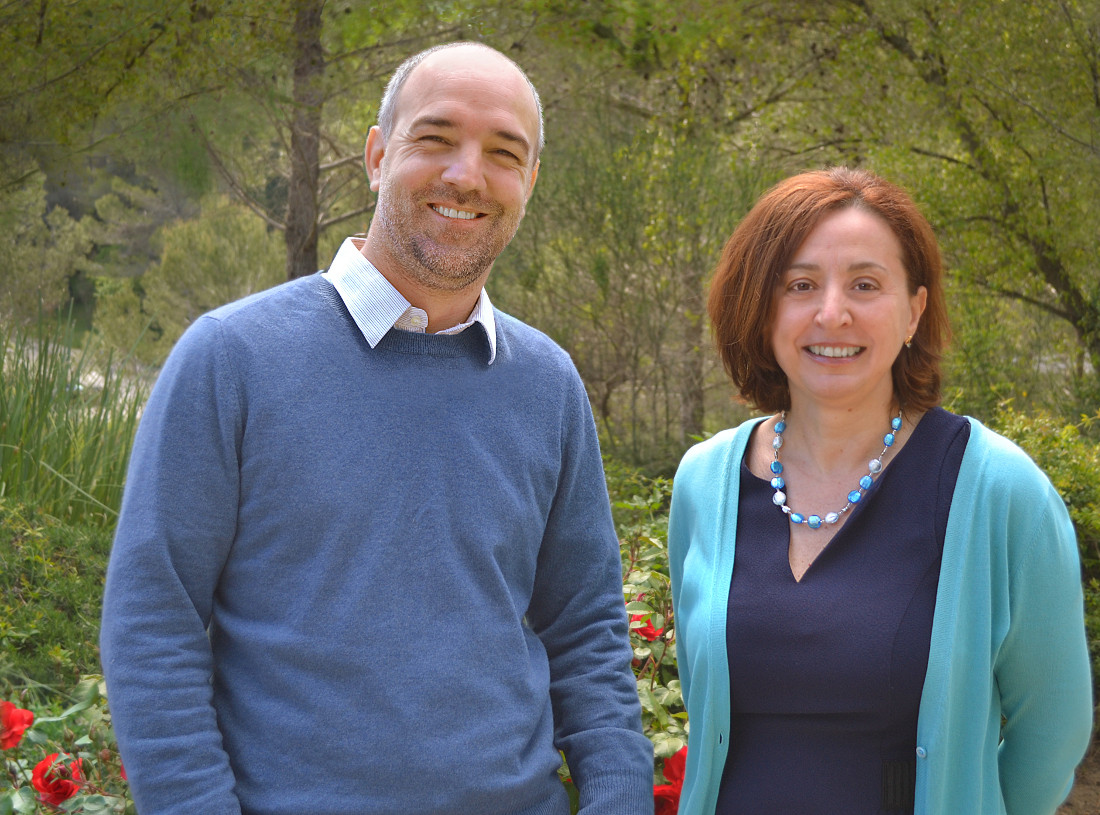Correcting Fragile X Syndrome Deficits by Targeting Neonatal PKCε Signaling in the Brain

Barbara Bardoni, PhD
Principal Investigator
Thomas Maurin, PhD
FRAXA Fellow
INSERM
Valbonne, France
2016-2018 Grant Funding: $90,000
Summary
FRAXA Research Foundation funded a grant of $90,000 over 2016-2018 for a postdoctoral fellowship for Thomas Maurin, PhD, working under the mentorship of Dr. Barbara Bardoni at INSERM in France. They have found that PDE inhibitors (a class of drugs) show promise as treatments for Fragile X syndrome.
The Fragile X protein (FMRP) does not work alone. FMRP is present in particles which contain many other proteins, and the composition of these particles can vary significantly. Understand the protein partners of FMRP and their roles in shaping the different normal functions of FMRP is the primary interest of the Bardoni lab.
Clinical trial of PDE4D inhibitors are in progress now!
The Science
by Thomas Maurin, PhD
Modulating cAMP and cGMP Levels to Treat Fragile X Syndrome
In order to better understand the molecular perturbations of the Fragile X syndrome (FXS) we reasoned that one needed to identify FMRP target RNA in several brain regions, at a developmental time point when FMRP expression peaks. We performed several molecular biology experiments — and a thorough bioinformatics analysis — to group FMRP target mRNAs according to their functions, tissue expression and cellular origin. We also mapped FMRP binding sites on the target mRNA, to gain further insights into how FMRP recognizes its RNA partners (Maurin et al., Nucleic Acid Research, 2018).
PDEs are Key
Our analysis led us to further investigate one special mRNA target, PDE2A. PDE2A codes for a phosphodiesterase, an enzyme family which degrades cAMP and cGMP, intracellular second messengers that play key roles in nervous system development and function. We showed that in the FXS mouse model, PDE2A levels and activity are increased in several brain regions that are required for memory and cognition. We showed that inhibiting PDE2A activity in vitro promotes axon growth and dendritic spine maturation in the Fragile X mice. It also allowed to reverse synaptic plasticity defects and cAMP metabolism alterations in brain slices prepared from this model. Lastly, inhibiting PDE2A improved social interactions in the mouse and also in the rat models of FXS (Maurin et al., Cerebral Cortex, 2018).
We are also working to find new biomarkers for Fragile X. Bioinformatics also showed that calcium homeostasis can be regulated by FMRP. We used a microscopy approach to quantify calcium ion flux in FXS neurons. By showing that calcium ion homeostasis is deregulated in the absence of FMRP we identified a new cell phenotype that may be used in the future as a biomarker to help seek new drugs for FXS (Castagnola et al., Frontiers in Molecular Neuroscience, 2018).

